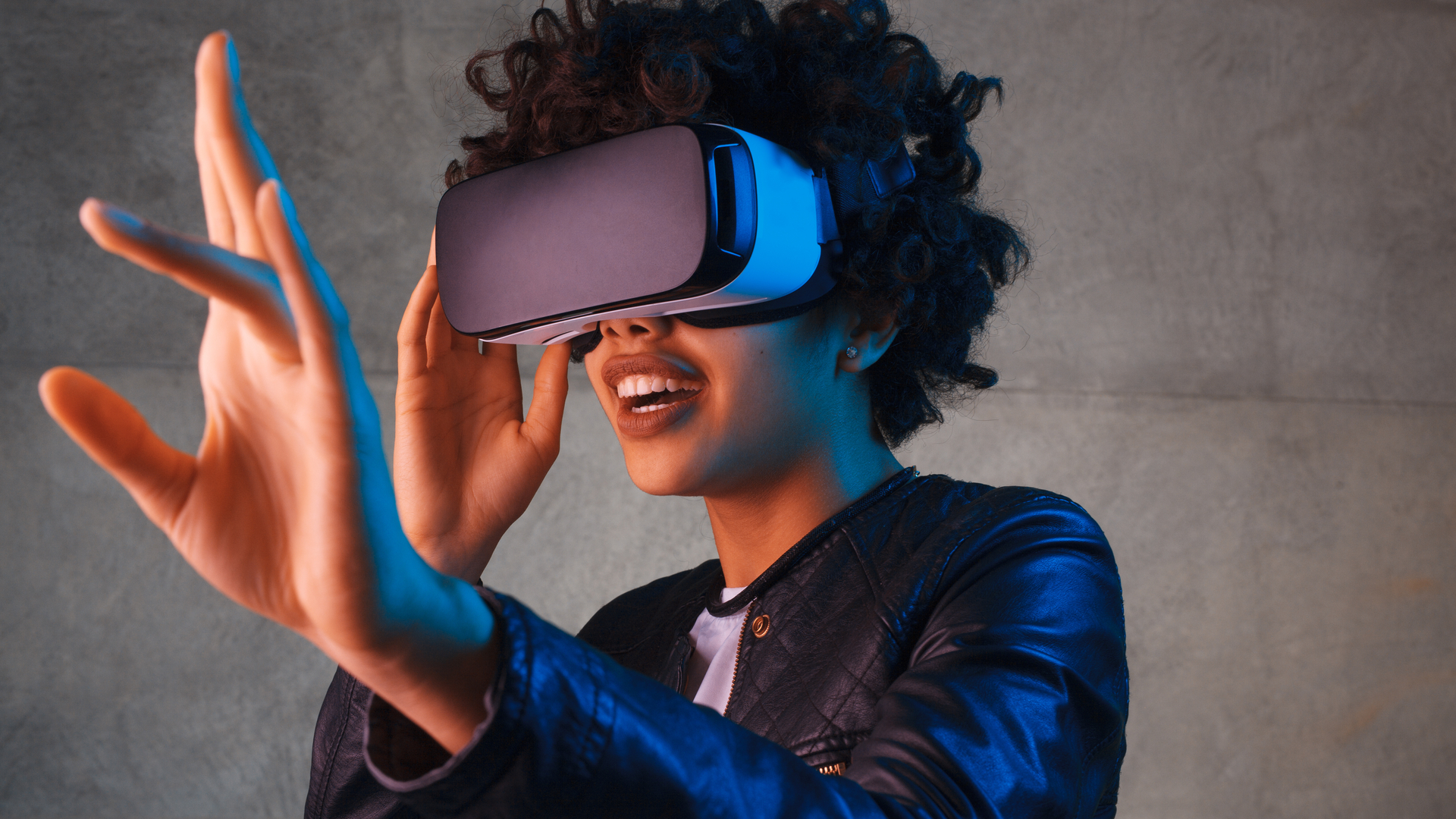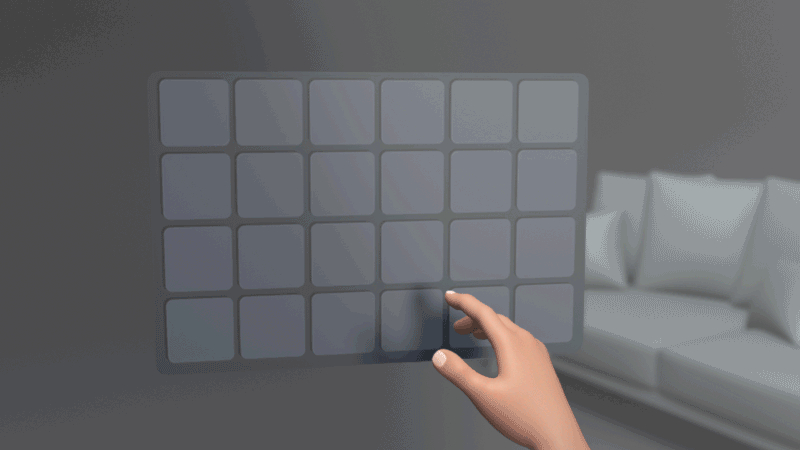
Following Apple’s announcement that its Final Cut Pro and Logic Pro editing apps are headed to iPads, it’s been suggested that they’ll also be coming to the leaked Apple VR headset.
Both Logic Pro and Final Cut Pro have previously been exclusive to the best Macs and MacBooks, but that’s set to change later this month when the apps hit iPads on March 23. Owners of Apple tablets will then be able to use the high-rated apps (our Logic Pro review and Final Cut Pro review award them four-and-a-half and four-stars respectively) which are also getting a few touch-specific upgrades on the new gadgets.
Following this announcement, Bloomberg’s Mark Gurman took to Twitter to posit that the apps’ iPad introduction means “there’s a very real possibility” that they’ll arrive on the VR headset at some point after its launch. That’s because the xrOS platform the headset supposedly uses can run iPadOS apps.
For now, we should take this with a pinch of salt however; the headset hasn’t yet been confirmed by Apple (we expect that to happen at WWDC 2023), and everything we’ve heard about its specs and capabilities comes via leaks or rumors (which could be false).
What’s more, Gurman isn’t guaranteeing that Final Cut Pro or Logic Pro are coming to the headset, just stating that it’s likely that they will. That said, we’re inclined to agree with him, here’s why.
Expect the expected from Apple’s VR headset
Considering the supposed specs of the Apple VR headset, we wouldn’t be surprised if Logic Pro and Final Cut Pro were available to use on the device, either. If the rumors are true, the headset will be powered by an M2 chip – the same silicon powering Apple’s best computers and tablets. If the VR headset is going to have impressive computing capabilities it needs something to do with them, so why not load it up with some great iPad and Mac apps?
Additionally, leaks have teased that you’ll interact with Apple VR apps using hand tracking rather than controllers. If Apple introduces a feature similar to direct touch found on the Oculus Quest 2 and Meta Quest Pro – which allow you to tap and swipe on virtual screens as if they were a touch screen – then you’d be able to interact with Final Cut Pro and Logic Pro in VR almost exactly as you would on an iPad. Further, you’d be able to take advantage of the space afforded by VR and maybe even have a multi-touch screen setup.

That said, this setup may not be issue free. For a start, if you wanted to show someone the edit you’ve been working on you’d either have to send your project to a separate device connected to a monitor, or take your headset off and pass it from person to person so they can each get a good look. Both of these solutions are generally more tedious than simply working on a traditional PC or tablet.
Secondly, editing takes time. If Apple hasn’t been able to bring its VR headset’s weight down sufficiently then wearing it for long stretches of time could cause some serious neck ache – we tried working in VR for a week with the Quest Pro and that was one of our main issues.
Apple has undoubtedly considered these faults though, so hopefully it’s already found ways around these problems. And if it hasn’t yet, there is still a bit of time left before its headset is rumored to be released to the world – if it even launches with these apps at all.







